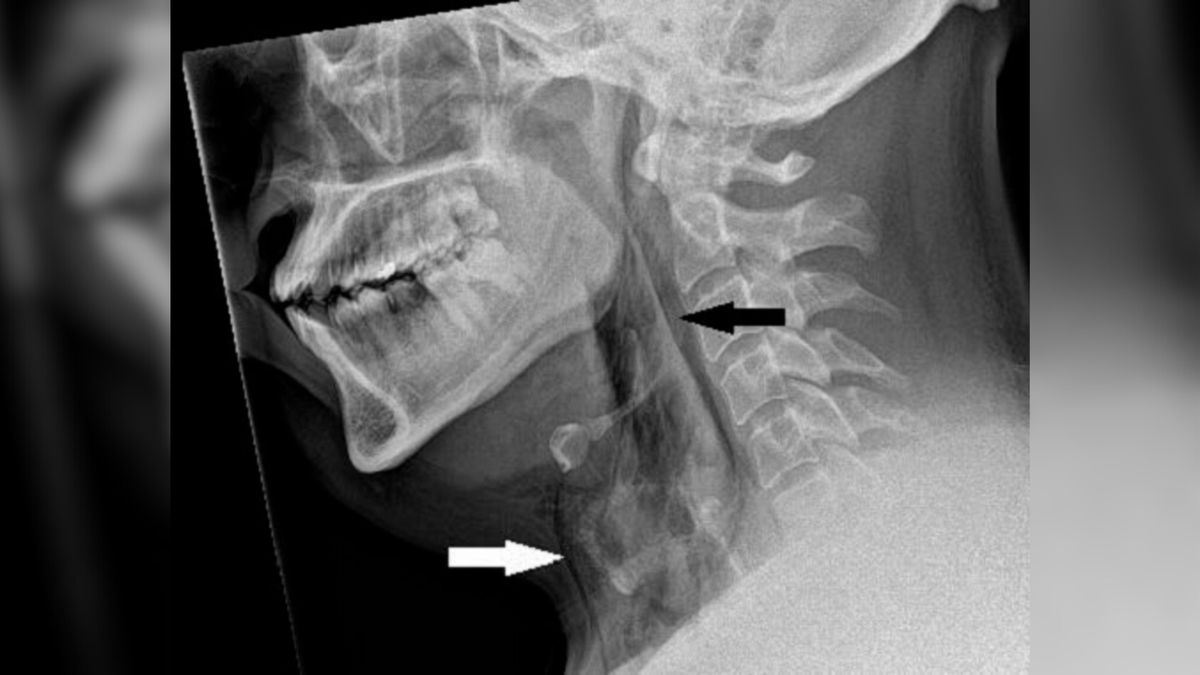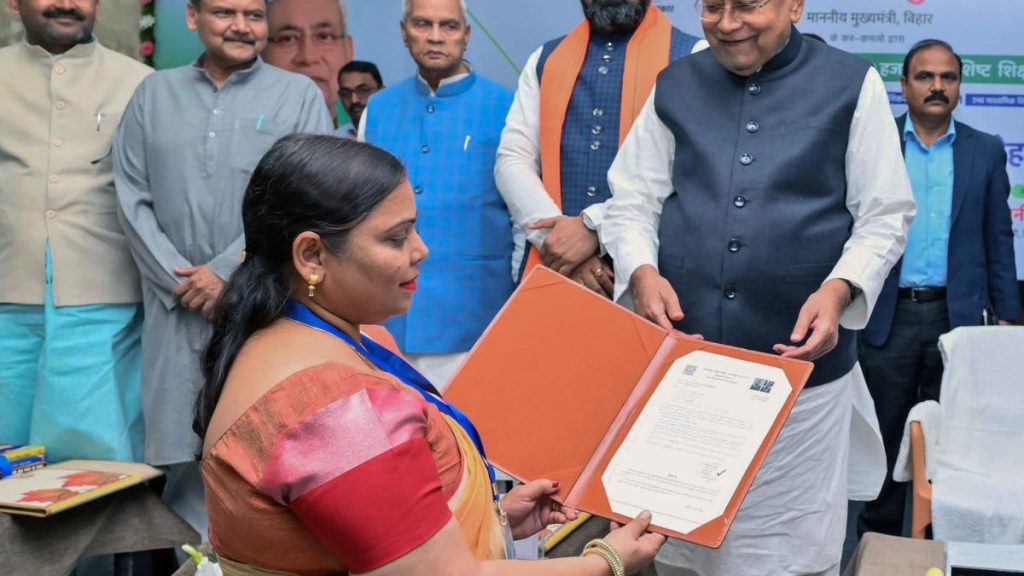Now Reading: Man’s Stifled Sneeze Leads to Punctured Windpipe
-
01
Man’s Stifled Sneeze Leads to Punctured Windpipe
Man’s Stifled Sneeze Leads to Punctured Windpipe

Swift Summary
- Incident: A man in his 30s from the U.K. experienced severe neck pain and swelling after stifling a sneeze by pinching his nose and closing his mouth together.
- Symptoms: Swollen neck, difficulty moving neck, faint crackling sounds detected during initial examination, but no issues with breathing, swallowing, or talking.
- Diagnosis: X-ray revealed pockets of air trapped under skin tissue (surgical emphysema). CT scan showed a 2×2 mm tear between the third and fourth bones of the neck caused by excess pressure in the trachea while sneezing.
- Treatment: Hospital monitoring for two days-no food intake on day one-and discharge with prescriptions for pain relief and hay fever medications.Advised to avoid strenuous activities for two weeks. A five-week follow-up confirmed complete healing.
- Case Uniqueness: Spontaneous tracheal tears are rare; this case marks the first documented instance due to stifled sneezing. Previous cases involved physical trauma or medical procedures.
- expert Advice: Doctors caution against pinching your nose while keeping your mouth closed during sneezes as pressure can exceed safe levels.

Indian Opinion Analysis
The case underscores both the frailty of human anatomy under unnatural strain and a more significant cautionary principle regarding common habits like suppressing sneezes.For India-a nation where cultural practices often emphasize avoiding public disruption-it raises awareness about harmless-seeming yet potentially harmful actions like holding back bodily reflexes.While rare incidents such as this provide interesting insights into lesser-known medical phenomena, they also highlight potential dangers of ignoring natural body mechanisms. Educational campaigns focused on preventive health behaviors could help inform citizens about such risks effectively.
India’s growing hay fever incidence due to rising air pollution may lead more individuals to frequent such situations involving suppressed bodily responses; awareness around healthier reactions to symptoms could reduce undue risks among vulnerable populations.

























